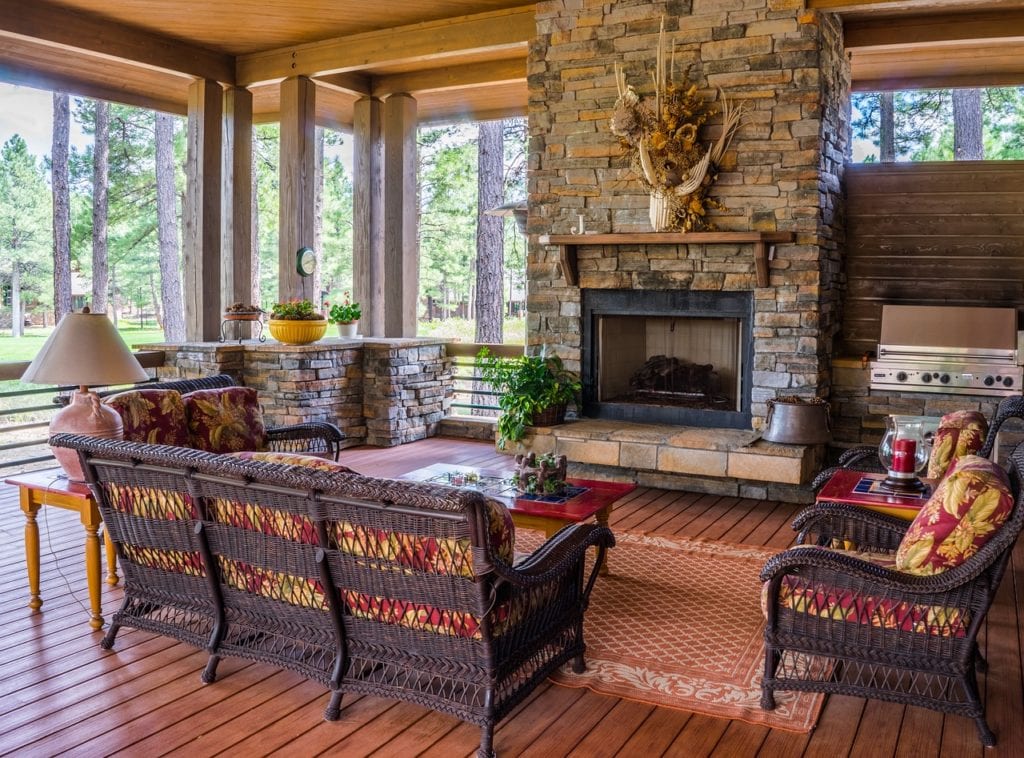Author Bio: Lisa Wetherell runs the blog Lighting House – where she writes about her knowledge gained from 10 years of industry experience in the lighting and interior design field. To learn more about how lighting can improve your space, you can follow her blog.
It’s a very often occurrence for people to write off the interior lighting design as one of the less important things when they are designing their living spaces. As a result of this, the lighting plan of a place can look very rushed and unorganized.
But it goes both ways. So if you’re renovating your home or you’re doing a new interior design from scratch, make sure that you do some planning beforehand with the following tips.
1. Plan your budget
Whatever you decide to start, the first step should always be planning the budget. The reason behind this is that people usually spend most of their budgets on furniture, walls, and carpentry so when it’s time to think about the lighting they don’t have enough money left to invest, and they just go with the cheapest option available.
This is a bad idea. Even if you don’t have an extensive budget, having an estimate on how much you can explore your options is a good start.
2. Decide what you want
Now, this can be a tricky one. Especially if you don’t have experience with lighting the room. The best thing would be to ask somebody that knows more than you like an architect or an interior design or to just go to some lighting stores and look through the catalogs to see what they offer.
Another thing you can do is notice lighting details in places that you visit like restaurants, bars or even other homes. Public places do experiment with lighting so you just might get an idea of what you will like to see at your house.
Another thing you have to consider here is what kind of light to use in different rooms. According to the activities that go on in a specific room you can choose an appropriate lighting system.
For example, the kitchen is used for preparing the food, so naturally, you should light up the kitchen top or the kitchen table for eating. In the bedroom, you might need a reading light that you can switch while you’re laying in bed.
3. Decide how much you want
There are different layers of lighting that you can include in every room. There are three basic lighting layers that you have to consider.
- Ambient Lighting— this is the general lighting in a room that provides the general level of light in the room. This lighting should be combined with the natural lighting of the room, and it should fit the room appropriately. For example, putting a huge chandelier in a smaller room will look ridiculous and too bright to look at.
- Task Lighting— this lighting is used to provide light for a specific activity that happens in the room. Some examples of this are lighting the kitchen counters in the kitchen or putting special lights for reading, sewing or any other specific activities that you’re planning on doing in your room.
- Accent Lighting— or also known as feature lighting is a decorative type of lighting. This means that although this type of lighting is not necessary, it will give the room a special sparkle or vibe. An example of this type of lighting is putting lights on a beautiful painting or sculpture that you have to put an “accent” on it.

